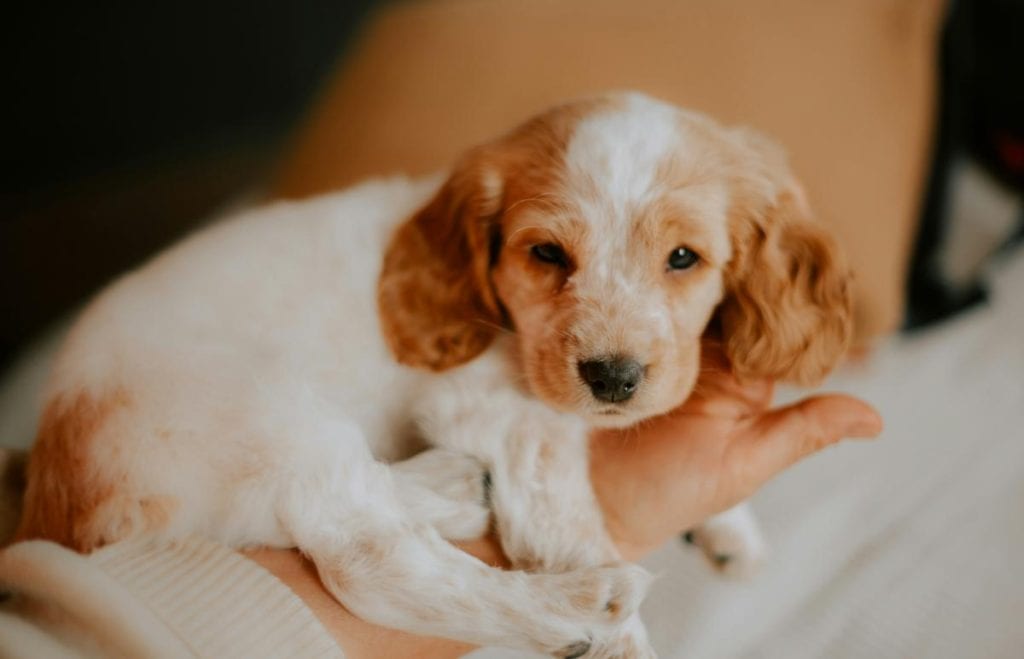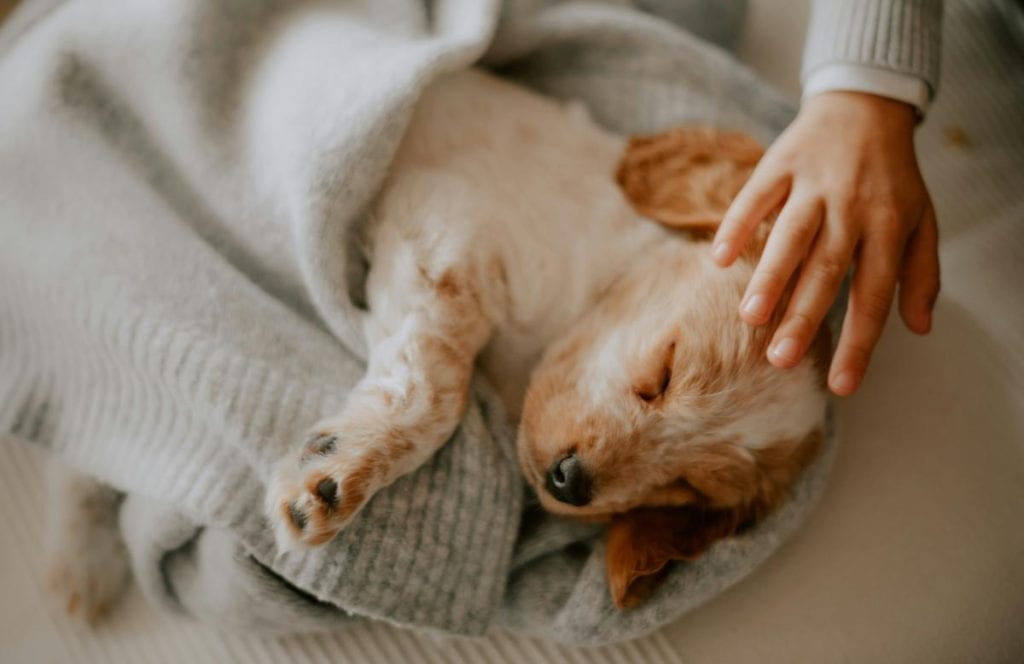Adjusting to a new home is not always a happy, easy time. Most dogs are fine, but some aren’t. They don’t understand what’s going on, they don’t know why they’re in a new place, and they’re confused when their daily routine is being interfered with. If your dog struggles to find its rhythm, it could lead to additional challenges, such as an unwillingness to eat its dog’s food or depression.
Here is how to help your dog adjust to a new home.

Let Your Dog Sniff the House
When you first arrive at a new home, let your dog free-roam. Let them explore and build comfort. Don’t lead them around or force them into spaces they may not be ready for.
Provide Careful Reassurance
Monitor their behaviour and provide reassurance as your dog navigates, sniffs, and investigates. Let them know they’re doing well at checking out the new home.
Limit Access
As they go through your home for the first 1-2 days, limit access by using baby gates or keeping doors closed. Restricting access prevents accidents, which can help them not feel overwhelmed by a new, large space.
Supervise Your Dog for 3 to 4 Days
For the first few days, monitor your dog closely. Observe how they interact with new spaces and intervene to prevent accidents or destructive behaviour in the house. Your dog may try to escape if they don’t like your new home. When you supervise, you ensure they stay safe.
Maintain a Schedule
Maintain a consistent schedule for your dog to give it something to focus on. Feed them high-quality brands like Orijen dog food. Take them for walks at specific times. Schedule playtime. This is how you provide stability to their day-to-day lives.
Avoid Anxious, Angry Behaviour
Create a positive association. Remain calm and positive at all times. Anxious, angry energy increases stress in a dog. Use a soothing tone when speaking with your dog to build confidence in their new setting.
Address Anxiety
If your dog is pacing, whining, or hiding, it is likely struggling with stress or anxiety. When this occurs, provide comfort and distractions, such as treats, toys, and cuddles. Calm your dog when it feels uneasy.
Cuddle Them
Set aside time to cuddle as part of their daily routine. You could do this every night while watching your favourite show with your pup on the couch.

Keep Clear Boundaries
Be clear in how you train your dog to behave in these new spaces. Have clear, unchanging rules for furniture access and rooms. Be consistent with how you instruct your dog directly and indirectly to use your new home.
Go on Walks Together
Explore your yard or garden together. Take them on walks to the nearest park to get acquainted with the neighbourhood. Explore nearby walking routes. Let them sniff and explore at their own pace.
Set Up Their Essentials
Ensure your dog has access to its favourite toys, bedding, dog food, treats, and other puppy essentials. Give your pup items it’s comfortable with to help ease the anxiety of being in a new environment.
Introduce Create Training
Use a crate to establish a safe space. Please place it in a quiet area with their bedding. This gives them a retreat to relax when they’re feeling overwhelmed. Let them find and explore their crate naturally. Please do not force them in or use it as punishment. Associate it with safety.
Create Designated Areas
Give your dog a designated rest area. Place their bed, a few of their favourite toys, and dog food bowls in the space. The space should be quiet. Familiar scents and objects will give them a sense of security.
Introduce Others Slowly
If your dog has not yet met your family members or roommates, have gradual introductions to avoid them feeling overwhelmed. Use dog food and treats to create positive associations with each person he meets. Everyone should approach calmly and gently.
Pheromone Diffusers
If your dog is not calm, try to use pheromone diffusers to release calming scents. These are known to reduce anxiety and promote relaxation.
Background Music
Try a soft background or white noise to help mask unfamiliar sounds in your new home. This can help some overly anxious dogs find peace in a new atmosphere.
Housetraining Regression
Be patient. A new environment may cause a regression in housetraining because your dog doesn’t know the designated bathroom area. Use positive reinforcement to help them learn new routines and guide them to the bathroom area.
Consider New Food
Some dogs may experience digestive issues due to sudden changes, such as moving to a new home. You may want to switch them to new dog food to help with this adjustment and minimize stomach upset. Mix the old food with the new. Increase the percentage of new food over 7-10 days.
